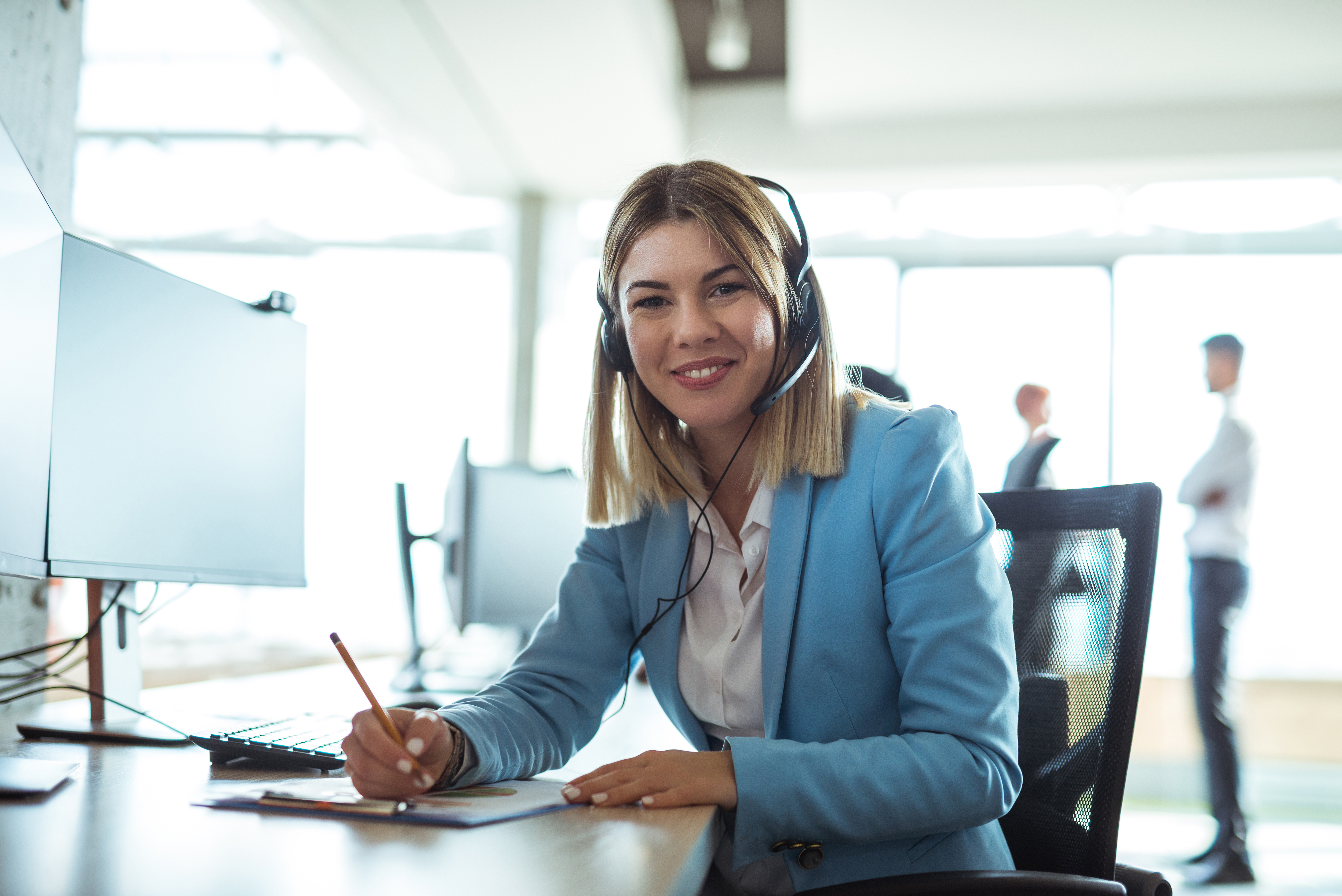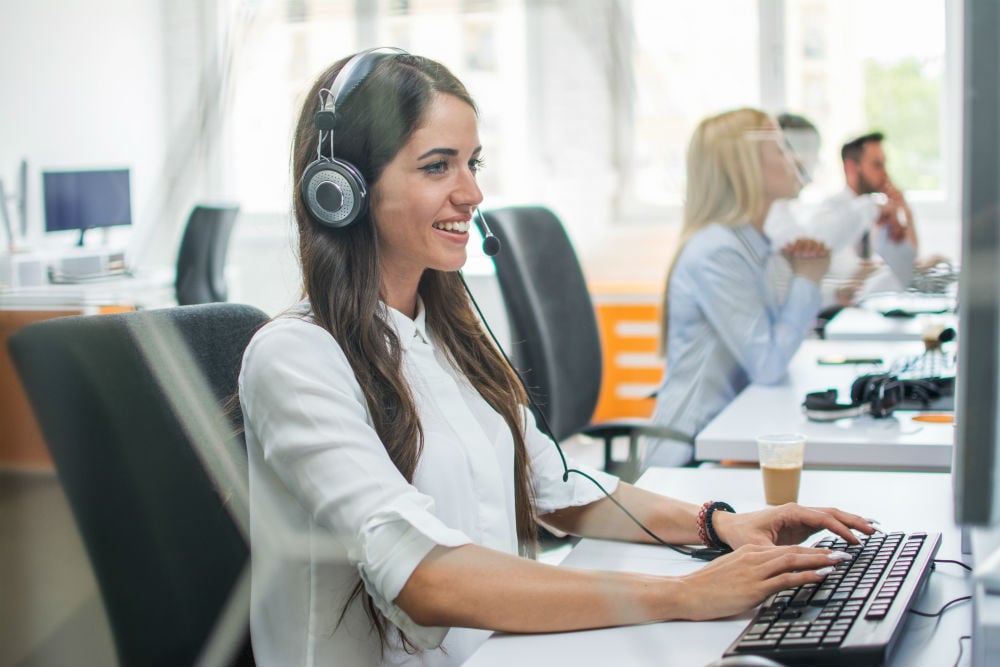All Categories
Featured
Table of Contents
What Is The Best What Is The Difference Between An Answering Service And ... For The Price
This device and its successors were created by Sava Jacobson, an electrical engineer with a personal consulting organization. While early answering devices used magnetic tape technology, a lot of modern-day equipment utilizes strong state memory storage; some gadgets utilize a combination of both, with a solid-state circuit for the outbound message and a cassette for the inbound messages.
"toll saving" below) (phone call answering). This works if the owner is evaluating calls and does not wish to consult with all callers. In any case after going, the calling party ought to be notified about the call having actually been addressed (in many cases this begins the charging), either by some remark of the operator, or by some welcoming message of the little bit, or resolved to non-human callers (e.
This holds especially for the TADs with digitally stored welcoming messages or for earlier devices (before the rise of microcassettes) with an unique endless loop tape, different from a 2nd cassette, devoted to recording. There have actually been answer-only gadgets without any recording capabilities, where the welcoming message needed to notify callers of a state of existing unattainability, or e (answer phone service).
A Better What Is An Answering Service??

about schedule hours. In taping Littles the greeting typically consists of an invite to leave a message "after the beep". A voice mail that uses a microcassette to record messages On a dual-cassette answerphone, there is an outbound cassette, which after the defined number of rings plays a pre-recorded message to the caller.

Single-cassette voice mail include the outbound message at the start of the tape and inbound messages on the remaining area. They initially play the announcement, then fast-forward to the next available area for recording, then record the caller's message. If there are numerous previous messages, fast-forwarding through them can trigger a significant delay.
This beep is often described in the greeting message, requesting that the caller leave a message "after the beep". TADs with digital storage for the tape-recorded messages do not show this hold-up, naturally. A little might provide a push-button control center, whereby the answerphone owner can sound the home number and, by getting in a code on the remote telephone's keypad, can listen to tape-recorded messages, or delete them, even when away from home.
What Is The Best What Is An Answering Service? - Ruby Blog Product?

Thereby the device increases the number of rings after which it answers the call (normally by two, leading to four rings), if no unread messages are currently stored, but responses after the set variety of rings (generally 2) if there are unread messages. This enables the owner to discover whether there are messages waiting; if there are none, the owner can hang up the phone on the, e.
Some makers also allow themselves to be remotely triggered, if they have actually been switched off, by calling and letting the phone ring a certain a great deal of times (generally 10-15). Some company abandon calls already after a smaller sized number of rings, making remote activation impossible. In the early days of TADs a special transmitter for DTMF tones (dual-tone multi-frequency signalling) was regionally needed for remote control, since the formerly employed pulse dialling is not apt to communicate appropriate signalling along an active connection, and the dual-tone multi-frequency signalling was executed stepwise.
Any incoming call is not recognizable with respect to these homes in advance of going "off hook" by the terminal equipment. So after going off hook the calls need to be switched to proper gadgets and just the voice-type is right away accessible to a human, however possibly, nevertheless must be routed to a TAD (e.
What Is The Best Answering Services 101: Everything You Need To Know ... On The Market Today
What if I informed you that you do not need to in fact select up your device when addressing a customer call? Somebody else will. So hassle-free, right? Addressing telephone call doesn't require somebody to be on the other end of the line. Effective automated phone systems can do the technique just as effectively as a live agent and in some cases even better.
An automated answering service or interactive voice response system is a phone system that communicates with callers without a live individual on the line - reception services. When companies use this technology, clients can get the answer to a question about your business simply by utilizing interactions set up on a pre-programmed call circulation.
Although live operators upgrade the client service experience, lots of calls do not require human interaction. A simple recorded message or guidelines on how a consumer can recover a piece of details typically resolves a caller's instant need - telephone answering service. Automated answering services are an easy and efficient method to direct incoming calls to the best individual.
What Is The Best What Are Business Call Answering Services? - Chalkboard Company?
Notification that when you call a business, either for assistance or item inquiry, the first thing you will hear is a pre-recorded voice greeting and a series of choices like press 1 for customer care, press 2 for questions, and so on. The pre-recorded choices branch off to other choices depending upon the client's selection.
The phone tree system helps direct callers to the best person or department utilizing the keypad on a smart phone. In some circumstances, callers can utilize their voices. It deserves keeping in mind that auto-attendant alternatives aren't limited to the ten numbers on a phone's keypad. Once the caller has picked their very first option, you can create a multi-level auto-attendant that uses sub-menus to direct the caller to the ideal sort of assistance.
The caller does not need to interact with a person if the auto-attendant phone system can handle their issue. The automated service can route callers to a staff member if they reach a "dead end" and require support from a live agent. It is costly to work with an operator or executive assistant.
Which Is Best Answering Adelaide - Phone Answering Services Brand
Automated answering services, on the other hand, are significantly less expensive and provide significant expense savings at approximately $200-$420/month. Even if you don't have actually devoted staff to deal with call routing and management, an automatic answering service improves performance by permitting your team to concentrate on their strengths so they can more effectively spend their time on the phone.
A sales lead routed to customer care is a lost shot. If a client who has product questions reaches the incorrect department or gets incomplete responses from well-meaning workers who are less trained to handle a specific type of concern, it can be a cause of aggravation and discontentment. An automatic answering system can decrease the number of misrouted calls, thereby helping your workers make much better use of their phone time while freeing up time in their calendar for other tasks.
With Automated Answering Systems, you can produce a personalized experience for both your personnel and your callers. Make a recording of your main welcoming, and just upgrade it routinely to reflect what is going on in your organization. You can develop as many departments or menu options as you desire.
Latest Posts
High-Quality Virtual Receptionist Near Me ( Melbourne)
Comprehensive Virtual Phone Answering Near Me
Dependable Small Business Answering Service – NSW 2300